Can you really get stronger just by using a wall? Turns out, yes.
Wall Pilates is popping up everywhere, and for good reason. It’s low-impact, easy to start, and doesn’t ask for much…
Just a wall, a mat or towel, and a little time each day.
This method uses your body weight and the support of the wall to train your core, legs, and glutes. It helps with posture, balance, and strength without any jumping or pressure on your joints.
That’s why it works so well as a 30-day challenge. It’s simple, repeatable, and gives you structure without the pressure.
Enough time to build a real habit, but not so long that you burn out.
If you’re looking for something steady and doable at home, this guide has everything you need to get started.
What Is Wall Pilates and Why Is It So Popular Right Now?
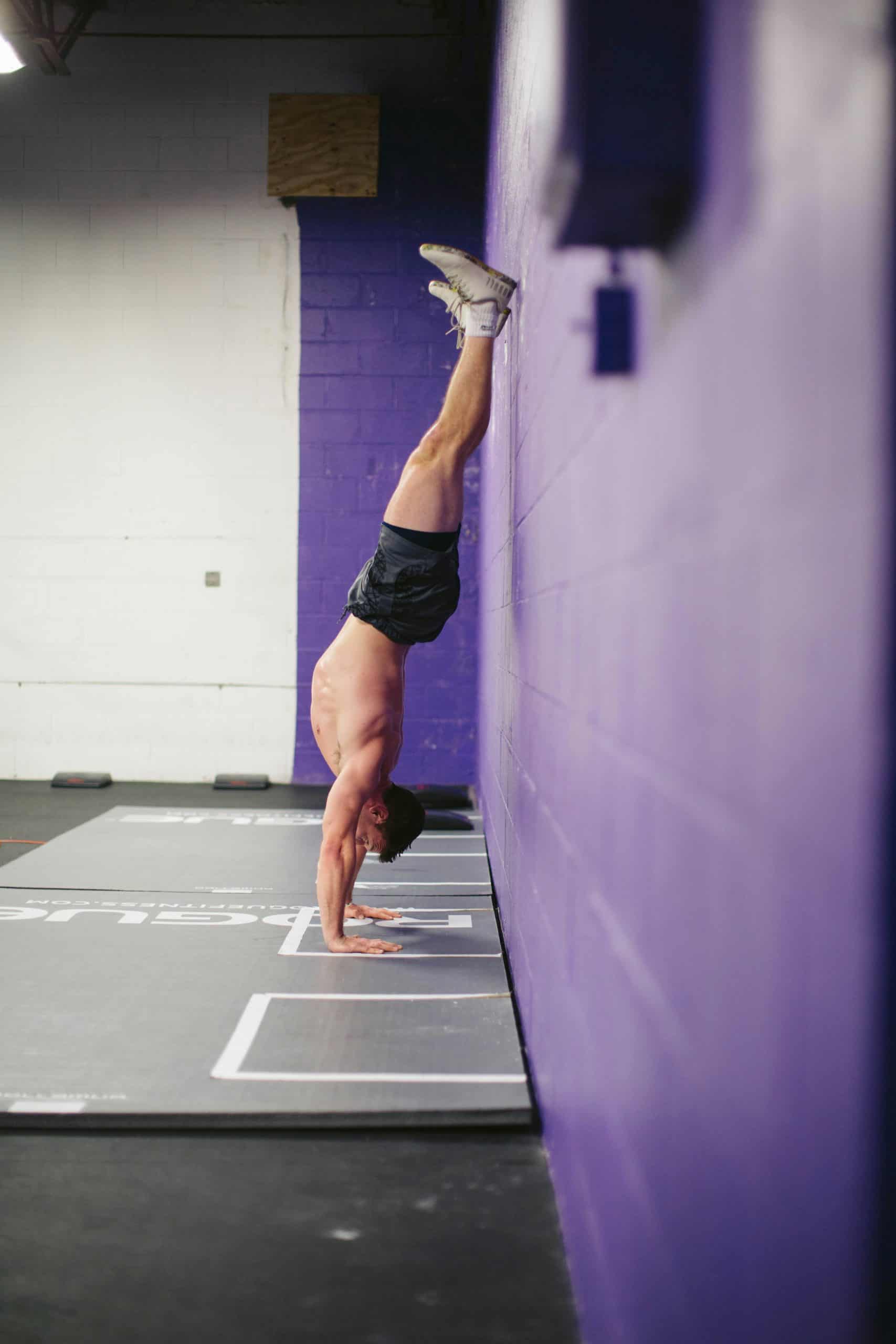
Wall Pilates is just what it sounds like…
Pilates moves that use a wall for support.
You lean against it, press your feet into it, or use it to guide your form. The wall helps you stay steady and activate the right muscles as you move through each exercise.
It’s especially helpful for beginners. You won’t have to worry about balance, falling over, or doing the moves wrong. And since it’s low-impact, it’s easy on your knees, back, and joints.
Most of the moves focus on your core, legs, and glutes. You go slow and stay in control. No jumping. No fast-paced routines. Just smooth, steady movement that helps build strength and improve posture.
So why is it everywhere right now? Because it’s simple, effective, and easy to do at home. TikTok, Pinterest, and fitness apps have brought it to the spotlight…
And people are seeing real results with just a wall and a little space.
But Why Does a 30-Day Wall Pilates Challenge Work So Well
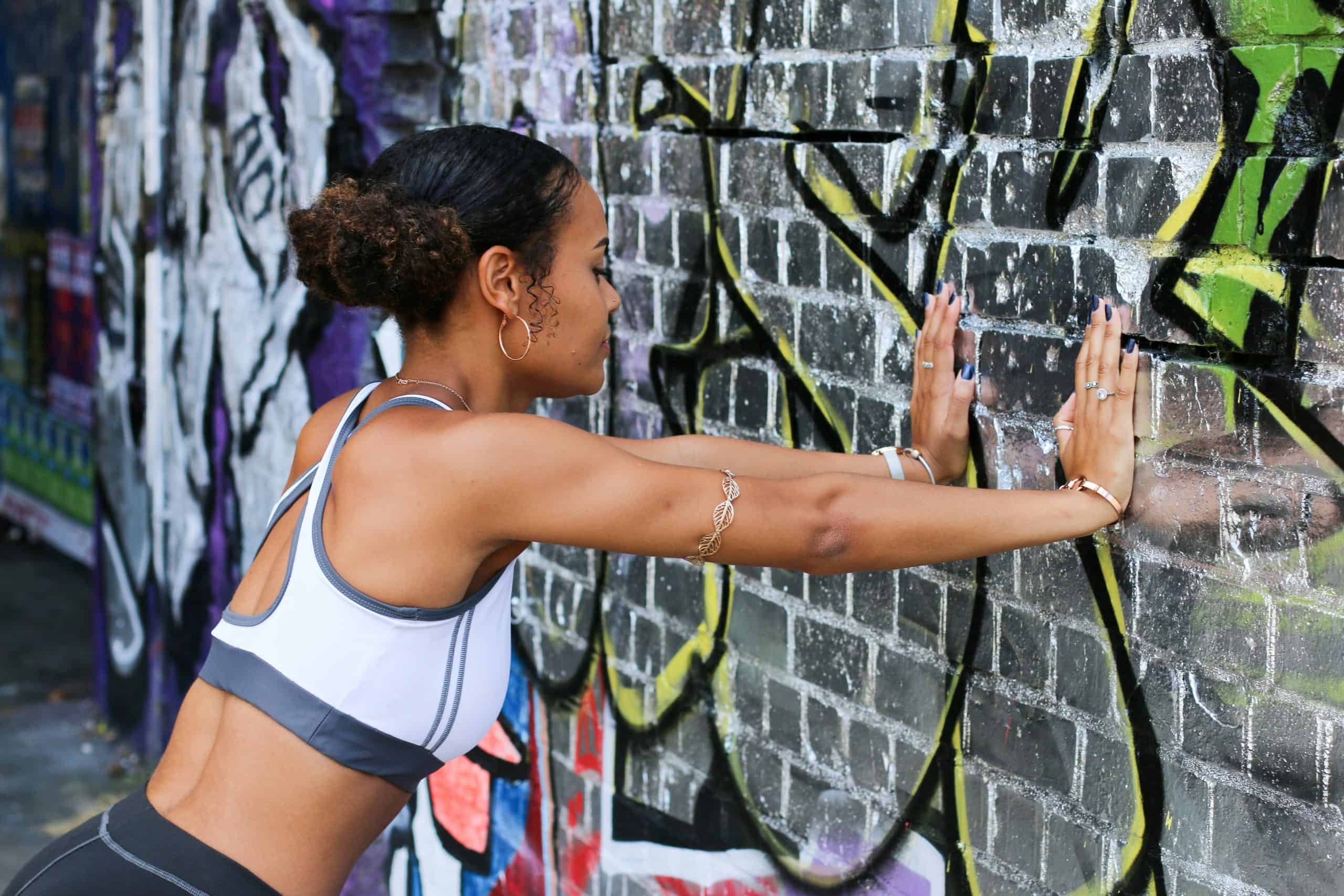
There’s something about 30 days that just works.
It gives you structure without making your brain spin. You don’t have to guess what to do or wonder if it’s enough. You just show up, do a few moves, and check it off.
That’s how habits stick, by keeping it simple and showing up daily. When you commit to small steps every day, your body starts to feel the difference.
And by the end of the month? You’re stronger, more flexible, and probably standing taller without even thinking about it.
A 30-day challenge also helps you track progress. You can mark a calendar, take a before-and-after photo, or just notice that your jeans fit better.
And no, you don’t need to be perfect. If you miss a day, you pick it back up. Without the guilt.
Think of it less like a challenge and more like a promise to yourself. One small thing you do each day to feel better in your body.
And by the end, you’ll be glad you stuck with it.
Your 30-Day Wall Pilates Plan (Week-by-Week Breakdown)
A good workout plan doesn’t need to be long or complicated to be effective. What matters most is having a clear structure that helps you stay consistent.
This four-week layout keeps things simple and realistic—especially if you’re just starting out or getting back into a routine.x
➤ Week 1: Start Steady
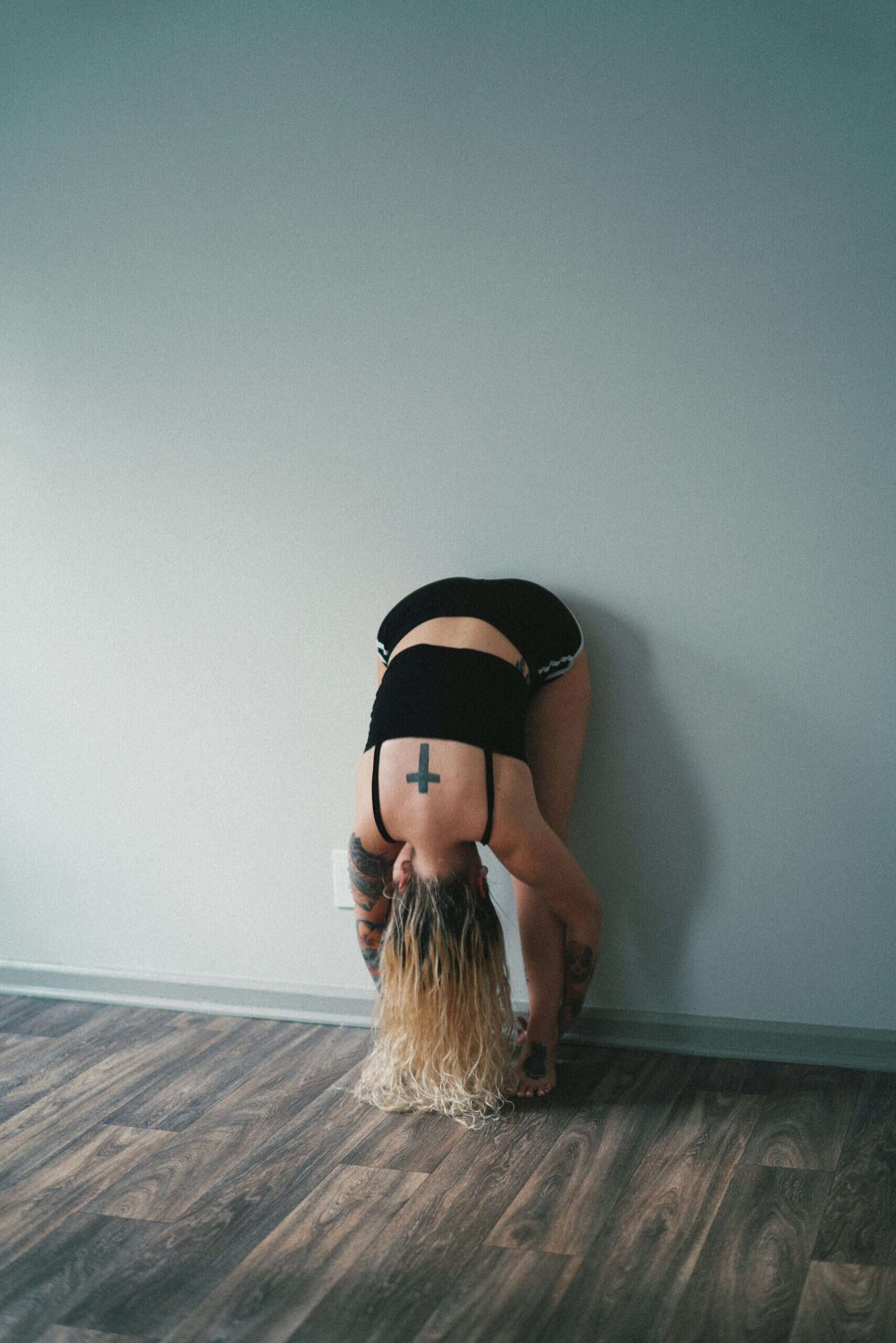
Goal: Learn the moves and get into a rhythm
This first week is all about showing up and getting used to the basics. You’re not trying to do the most, you’re just trying to move with control.
Try These Moves:
- Wall Squats
- Wall Roll Downs
- Leg Slides
Tip: Stick to 10–15 minutes per day. Focus on how your body feels, and not on how fast you can go. Form matters more than sweat.
➤ Week 2: Strength in Small Moves
Goal: Add control and challenge
Now that you’ve got the basics down, it’s time to add a little more tension. That means slower reps and holding positions for longer.
Try These Moves:
- Glute Bridges (feet on wall)
- Side-Lying Leg Lifts
- Wall Push-Ups
Add-On: Try doing an extra round or holding each move for 5–10 seconds longer. Don’t rush, slow equals strong here.
➤ Week 3: Flow & Focus
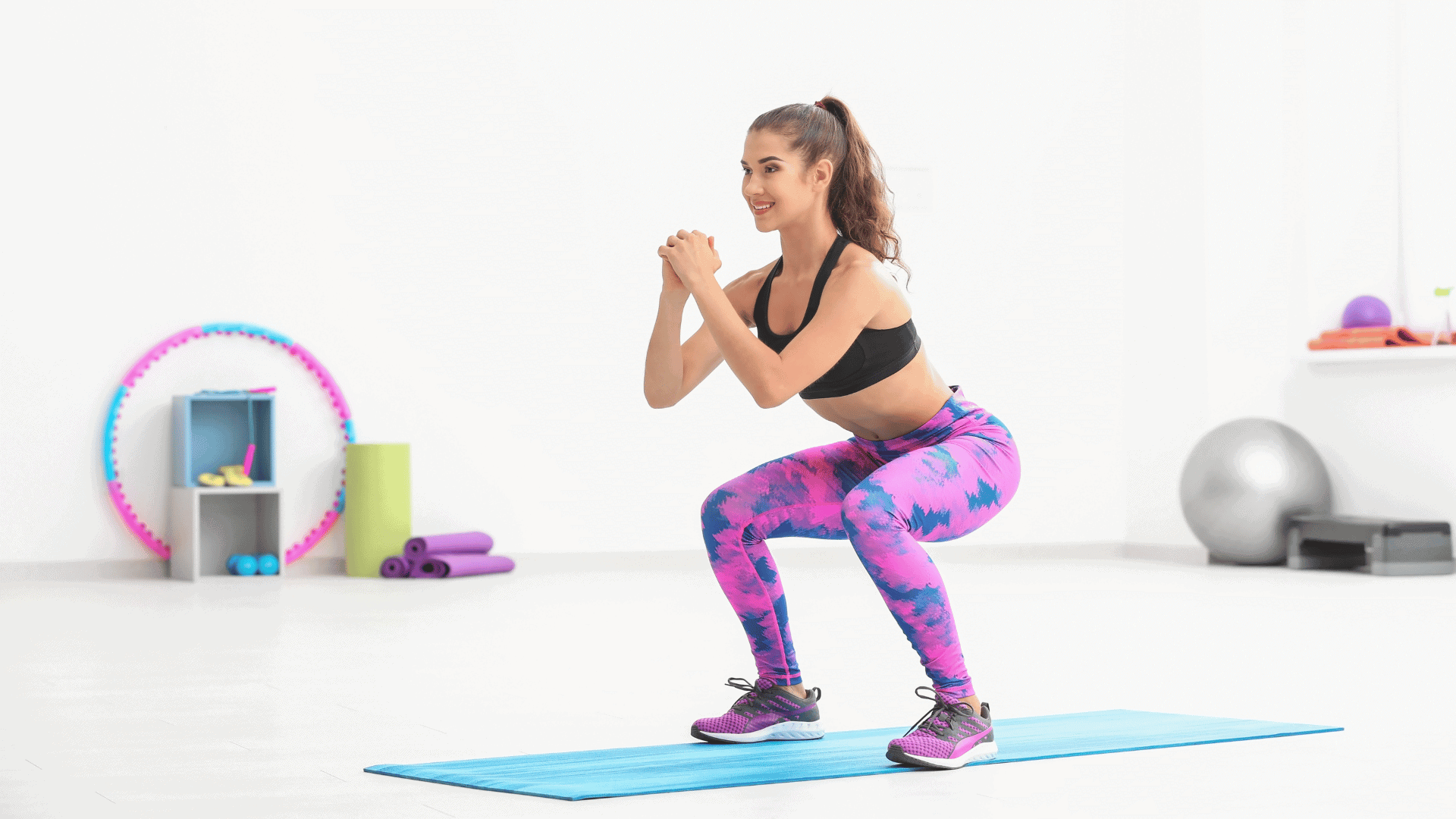
Goal: Build short routines and improve posture
This week is about connection. You’ll start linking a few moves together and syncing your breath with your movement. It’ll feel more like a flow, less like stop-and-go.
Try These Moves:
- Wall Plank Holds
- Bridge Flows
- Squat Pulses
Mini Habit: Add posture resets during your day, stand taller, relax your shoulders, and keep your core slightly engaged even when you’re not working out.
➤ Week 4: Strong Finish
Goal: Feel confident and finish proud
This is the week when you’ll start to feel the difference. You’ve built consistency, strength, and maybe (just maybe) even a little bit of grace.
Try This:
Pick your favorite moves from the last 3 weeks and build a mini “flow circuit.” Do each move for 30–60 seconds, rest, and repeat.
Celebrate It: End your challenge with a relaxing full-body stretch, a deep breath, and a little moment to be proud of yourself. (You did that)
By the end of these four weeks, it won’t just feel easier, you’ll feel stronger, steadier, and more in control.
That’s the kind of change that lasts.
Wall Pilates Moves to Know (With Simple How-Tos)
These are the main moves you’ll see throughout the 30-day challenge. You don’t need to learn them all at once. Just take your time and focus on using good form.
When done with control, even the simplest moves can build real strength.
Wall Roll Down
This is a great place to start, especially if your back feels stiff from sitting too much. Begin with your back flat against the wall and your feet a few inches away. Slowly lower your head and roll down through your spine one section at a time.
Reach toward your toes, then roll back up just as slowly.
What it helps with: It loosens up the spine, warms up your body, and activates your core in a gentle way.
Wall Squat
Once your body is warmed up, it’s time to work on your lower body.
Stand with your back against the wall and slide down until your knees are bent at a 90-degree angle. Hold that position for 10 to 30 seconds, then slide back up with control.
What it helps with: This strengthens your thighs and glutes while keeping pressure off your knees and lower back.
Leg Slides
To add a bit of core and hip work, this move is a simple go-to. Lie on your back with both feet flat against the wall. Slowly slide one foot down, bringing your knee toward your chest, then slide it back up.
Repeat on the other side.
What it helps with: This targets your lower abs and helps with hip mobility and control.
Glute Bridge (Feet on Wall)
Next, focus on your backside and hamstrings. Lie on your back with your heels resting on the wall and your knees bent.
Press through your heels to lift your hips off the floor, then lower back down slowly.
What it helps with: This tones your glutes and hamstrings while also working your core and lower back.
Wall Push-Ups
Now, let’s move to upper body strength. Stand facing the wall and place your hands flat against it, just below shoulder height.
Step back slightly, bend your elbows to bring your chest toward the wall, then press back to the starting position.
What it helps with: This tones your arms, chest, and shoulders with less strain than a traditional push-up on the floor.
Wall Plank
If you’re ready to challenge your core even more, try this variation.
Face the wall and place your forearms on it. Step your feet back until your body forms a straight line. Hold the position while keeping your core engaged.
What it helps with: It builds deep core strength while being gentle on your wrists and back.
Side-Lying Leg Lifts (Against Wall)
To target your hips and outer thighs, this move does the trick. Lie on your side with your back, hips, and heels pressed against the wall.
Slowly slide your top leg up the wall, then bring it back down with control.
What it helps with: This strengthens your outer hips and glutes, which support your balance and posture.
Wall Sit (Hold or Pulse)
Finally, return to the wall for a steady burn. Slide down into a squat position against the wall with your knees bent. Either hold the position or add small pulses by moving slightly up and down.
What it helps with: This builds endurance and strength in your legs and glutes, perfect for finishing strong.
These moves are simple, but when you slow down and stay consistent, they work. Start by picking 3 to 5 exercises, do each with care, and you’ll build strength that sticks.
But How Can You Keep Going for 30 Days Challenge?

Starting is usually the easy part. But staying consistent? That’s where most people hit a wall, especially around day 7.
But here’s the thing.
You don’t need to rely on motivation alone. With a few simple tricks, you can make it easier to keep showing up every day.
First, set a daily reminder on your phone. A quick “time to move” alert is enough to jog your memory and help you stay on track.
Next, make your space work for you. Keep your mat or towel in plain sight. When it’s right in front of you, it’s harder to forget. Out of sight often means out of mind.
Then, find a way to track your workouts. That could be a printed calendar, a note on your phone, or even a sticky note by your mirror.
Each checkmark or crossed-off day gives you a small win. (and small wins build momentum)
Also, create a space that feels nice to be in. Light a candle. Play some calming music. Wear socks you actually like. These little comforts can make a short workout feel more inviting.
Finally, celebrate the small milestones.
At the end of each week, give yourself a little reward. Maybe it’s a new playlist, a fresh smoothie, or five minutes of quiet time. (whatever feels like a treat)
Consistency doesn’t mean perfection. It just means showing up more often than not. Keep it simple, keep it manageable, and most of all…
Keep going.
Ready to Try It for Yourself?
Building a new routine can seem like a big step, especially when life already feels full. But that’s exactly why this challenge works.
It’s simple, focused, and easy to fit into your day. (even when your schedule isn’t)
Over time, each move helps you build more than strength. You build consistency. You build confidence. And you learn to move with more control, even outside your workouts.
So if you’ve been thinking about it…
START TODAY.
You already have the space, the time, and the tools. What comes next is just one small step at a time.
Your body is ready. Now it’s your move.
Stay Consistent for All 30 Days
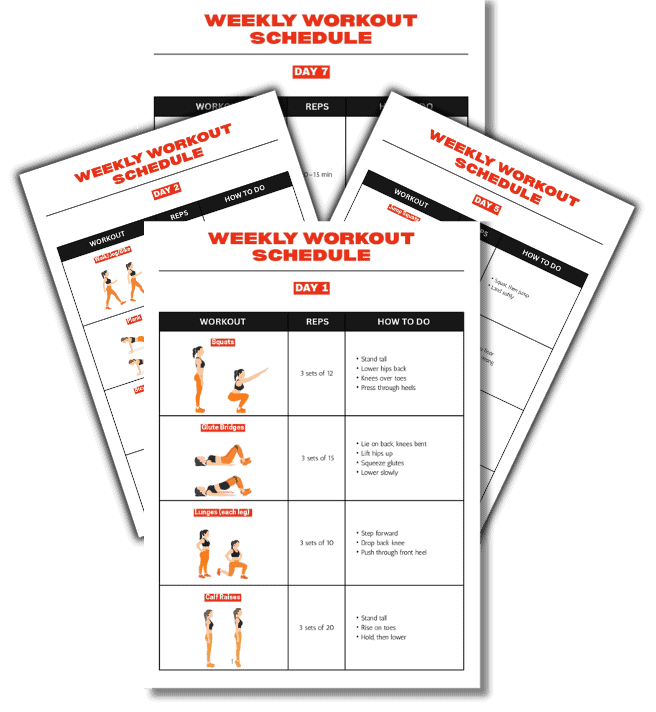
Starting a challenge is exciting, finishing it is where the real results happen.
The Free Weekly Workout Schedule gives you the structure you need to stay consistent, even when life gets busy.
Inside, you’ll find a simple plan that shows exactly when to do wall Pilates, when to rest, and how to stay on track so you don’t lose momentum halfway through.
Frequently Asked Questions (FAQ)
1. Can I really see results from a 30-day wall Pilates challenge?
Yes, you can. If you stay consistent, you may notice better posture, a stronger core, and more muscle tone, especially in your legs and glutes. Small moves add up over time.
2. Do I need any equipment for wall Pilates?
Nope. All you need is a wall, a mat or towel, and a little bit of space. No machines, no weights, no gym.
3. How long should each workout be?
Most workouts can be 15 to 30 minutes. Some days might be shorter, and that’s okay. What matters most is showing up and moving with control.
4. Is wall Pilates good for beginners?
Yes! It’s perfect if you’re just starting out. The wall gives support and balance, so you can focus on form without feeling wobbly or overwhelmed.
5. What if I miss a day during the 30-day challenge?
Don’t stress. Just pick it back up the next day. You don’t need to be perfect, you just need to keep going.










